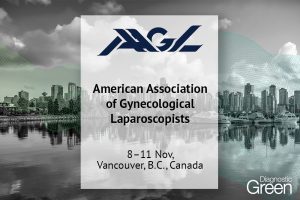Background: Inferior lymphatic vessel (LV) quality was thought to be associated with prolonged lymphedema duration (LD), which can lead to unfavorable lymphaticovenous anastomosis (LVA) outcomes. However, increasing evidence supports the use of LVA in the treatment of advanced lymphedema. Hence, this study aimed to determine the impact of LD on LV quality and outcomes after LVA in patients with secondary lower limb lymphedema.
Patients and methods: A total of 189 patients who underwent supermicrosurgical LVA were retrospectively reviewed and enrolled. The study group (LD>3.6 years) and the control group (LD≤3.6 years) consisted of 94 and 95 patients, respectively. Patients with previous LVA, liposuction, or excisional therapy were excluded. Patient characteristics, intraoperative findings, functional parameters and volume changes were recorded and the parameters except LD were matched using propensity-score-matching. The primary endpoint was volume change at 6 and 12 months after LVA.
Results: Before matching, the study group had significantly higher ratios of indocyanine green-enhanced, lymph flow-positive, and Normal+Ectatic LVs (p=0.016, 0.035, and 0.002, respectively) than the control group. After all parameters except LD were matched, 64 patients were included in each group, with higher median LD in the study group (7.8 vs. 1.1 years, p<0.001) than the control group. However, no significant intergroup differences were found in postoperative percentage volume reduction at the 6- and 12-month follow-up (p=0.813 and 0.627, respectively).
Conclusion: Contrary to common beliefs, longer LD did not negatively affect LV quality and outcomes after LVA. Therefore, LVA remains a viable treatment option for patients with long-standing lymphedema.




